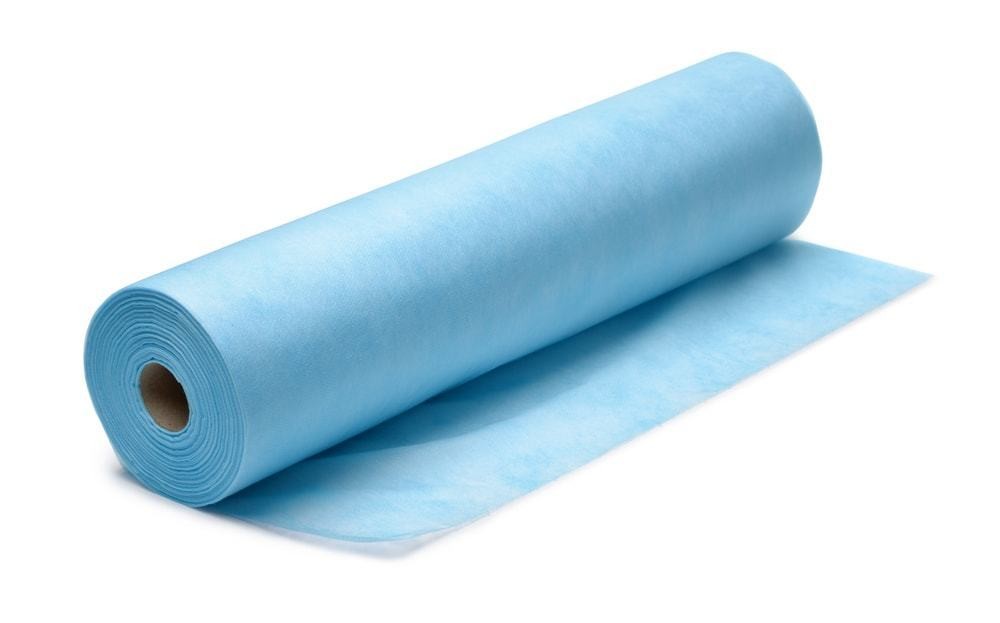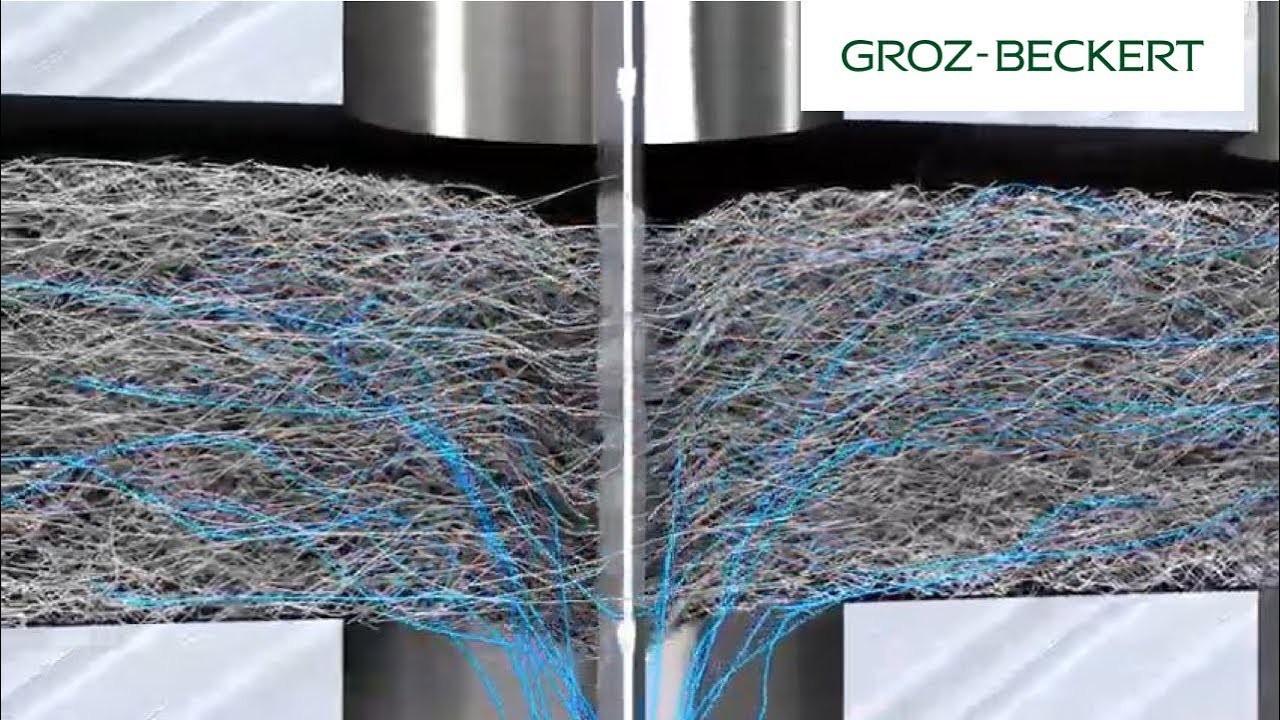The Blackbox of Nowovens 2020-09-06 13:49:09
The Blackbox of Nowovens
By: Dr. Mohamad Midani
Managing Partner, inTEXive Consulting
Adjunct Assistant Professor- Materials Engineering Department - German University in Cairo
With the outbreak of Coronavirus and the explosion in demand for nonwoven materials to use in medical and protective applications, it became very important to have a clear understanding of what actually is nonwoven?
According to INDA, North America’s Association of the Nonwoven Fabrics Industry, the nonwoven fabrics can be defined as “Sheet or web structures bonded together by entangling fibers or filaments, by various mechanical, thermal and/or chemical processes. These are made directly from separate fibers or from molten plastic or plastic film.”
Unlike conventional fabrics used in home furnishing and clothing, nonwoven fabrics are engineered fabrics, they are designed to perform a specific function, often technical. Moreover, the nonwoven fabrics are made through a one-step process from fiber to fabric, eliminating the spinning step (fiber to yarn), hence lowering the production cost to an extent that can make those fabrics cost effective for disposable applications.
Wide Range of Applications
Nowadays, nonwoven fabrics are being used in a wide spectrum of applications, the most common products made with nonwoven according to INDA are;
- Disposable nappies
- Sanitary napkins and tampons
- Sterile wraps, caps, gowns, masks and curtains used in the medical field
- Household and personal wipes
- Laundry aids (fabric dryer-sheets)
- Apparel interlinings
- Carpeting and upholstery fabrics, padding and backing
- Wallcoverings
- Agricultural coverings and seed strips
- Automotive headliners and upholstery
- Filters
- Insulation
- Roofing products
- Civil engineering fabrics/ geotextiles.
Different Types and Various Technologies
However, each application has different requirements and different performance criteria. This means that not all nonwovens are the same; they may differ very significantly based on their manufacturing process. Hence, they can be classified by both the web forming and web bonding processes.
Web Formation
In all nonwoven web formation methods, fibers or filaments are laid down onto a forming surface to form a web or condensed into a web and fed into a conveyor surface. The main purpose of the web formation is to convert the staple fibers or filaments into a thin two-dimensional web or thick lofty three-dimensional web (batt), which is considered the precursor for the final fabric. There are 3 major web formation methods; drylaid, wetlaid, and spunlaid. Those different web formation methods are originating from different industries, for instance, wetlaid from papermaking, drylaid from textile, and spunlaid from polymer extrusion.
Drylaid nonwovens
The drylaid process is to a big extent similar to the ancient felting process, where a card and weblaper are used to create a batt (high loft web), which is subsequently felted using moisture, agitation and heat. In drylaid web formation the fibers are carded or laid using air stream and then mechanically, thermally or chemically bonded.
Wetlaid nonwovens
The wetlaid nonwoven is similar to papermaking, where short fibers are dispersed in liquid and then condensed on a condenser belt to form a web. According to EDANA, the most distinguishing feature of wetlaid nonwoven over paper, is that at least 50% by mass of its fiber content is made up of fibers with fiber aspect ratio higher than 300.
Spunlaid nonwovens
Spunlaid nonwovens are sometime referred to as ‘spunmelt’, this includes spunbond, meltblown, and flash-spun nonwovens, as well as layered composites of these materials. In the simplest form of a spunbonding system, molten thermoplastic polymer is extruded into sheets of synthetic filaments on a moving conveyor as a randomly oriented web, which is considered a direct polymer-to-fabric process.
Web Bonding
The laid nonwoven web coming out of the web formation stage lacks strength, it has to be bonded in order to achieve an acceptable level of web integrity. The web bonding method could be mechanical, chemical or thermal. The degree of bonding determines the fabric mechanical properties, porosity, flexibility, softness and density. Bonding is generally carried out in-line with the web formation.
Mechanical bonding
Mechanical bonding can be performed by needlepunching or hydroentangling. Needlepunching or needling is considered the oldest method of bonding nonwovens. The process involves mechanically interlocking the loose fibers in the web by repeatedly punching it using an array of barbed needles. The hydroentangling (spunlacing) bonding method is performed in a similar manner, however, the barbed needles are replaced by high velocity water jets which is capable of entangling, displacing and rearranging the fibers in the web.
Thermal (fusion) bonding
In thermal bonding, the bonding is achieved by fusing of the fibers in the web at their cross-over points. The fusion is achieved by direct action of heat and pressure from a hot calender rollers or by using an oven. The degree of bonding is a key factor in determining many fabric characteristics including strength, and handle.
Chemical and solvent bonding
In chemical bonding, an adhesive liquid polymer is added to the fiber we and then cured thermally to achieve bonding. The chemical adhesive is usually sprayed onto the web or saturated into the web. In spray bonding the adhesive usually stays on the surface resulting in weak but lofty web, whereas, in the saturation bonding all the fibers are bonded together in a continuous matrix resulting in an increased strength and rigidity of the fabric.






